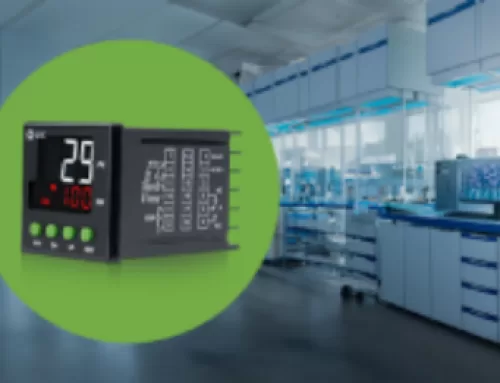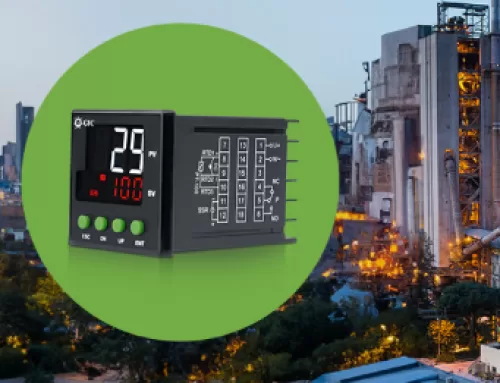
Selecting the Right Interface Relay for Your Application
The interaction between Human-Machine Interfaces (HMI) and Programmable Logic Controllers (PLC) involves both hardware and software components to facilitate communication and control within industrial automation systems. Here’s a more detailed breakdown of their interface:
Understanding Basics of Slim Relays:
Slim relays are compact electromechanical relays used to control electrical devices. They are designed to fit into tight spaces and offer high switching capabilities. These relays are commonly used in industrial automation, telecommunications, and automotive applications due to their space-saving design & high performance. In this blog we’ll explore how to select the right slim relay that fits your requirements.
How Each Slim Relay Differs from the Other:
Slim relays differ based on factors like the contact configuration, coil voltage, and switching capacity. Coil voltages vary to suit different supply requirements, and switching capacities can vary based upon load requirements from milliamps to Amps.
Process of Selecting the perfect GIC Slim Relay for Your Application:
1. Identify Application Requirements: Determine the voltage and current ratings, switching frequency, and environmental conditions of your application.
2. Choose the Contact Configuration: Select the appropriate contact configuration (1CO or 2CO, DPDT) based on the circuit requirements.
3. Consider Coil Voltage: Ensure the relay’s coil voltage matches your supply specifications to enable proper operation.
4. Evaluate Switching Capacity: Determine the load current and voltage to select a relay with the required switching capacity.
5. Consider Size and Space Constraints: As per size constraints, choose either a 6.2mm CO or a 14mm 2CO that suits the available space without compromising performance.
GIC offers you a wide range of slim relays, tailoring to various needs. By following a systematic approach and considering key factors, avail optimal performance and reliability in your electrical control systems.



